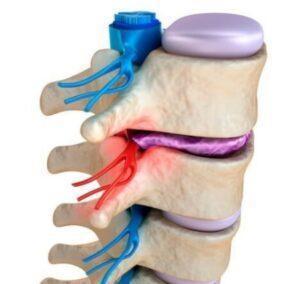FAQs About Lumbar Epidural Steroid Injection

Dr. Khaimov completed medical school at the prestigious Yale University in New Haven, Connecticut. He completed his training in Anesthesiology at Columbia University New York Presbyterian Hospital. Fellowship in Pain Management followed at Beth Israel Medical Center under the guidance of world-renowned experts in pain medicine... more
A lumbar epidural steroid injection is a treatment for discomfort in the legs or lower back brought on by irritation of the spinal nerves.
Corticosteroids, generally known as steroids, are drugs that reduce inflammation. The epidural space, which surrounds the spinal cord in your lower back, is injected by your doctor.
How painful is a lumbar epidural steroid injection?
Each person reacts differently to the procedure. A lumbar epidural steroid injection can occasionally feel uncomfortable, but it shouldn't hurt. To relax you prior to the treatment, you can ask your doctor for a little sedative.
To numb the skin on your back, your doctor will first inject a local anesthetic there. There may be a slight burning or stinging sensation after the injection.
When your doctor places the needle into the epidural space to administer the steroid medication, you'll probably feel some pressure. Your doctor can administer additional local anesthesia to you to treat any pain you may experience.
How long do epidural injections last for back pain?
Within one to three days of receiving the epidural injection, your back pain should start to subside. However, it can occasionally take up to a week to notice a change.
While some patients do see long-lasting relief, this treatment is not a panacea for back pain. In most cases, the injection may continue to function for three to six months or longer if you have chronic back pain.
You might require injections a few times a year if the pain reappears. You might want to think about engaging in regular exercise, quitting smoking, and maintaining a healthy weight for your body to prolong the effects of this treatment.
How long does it take to recover from epidural steroid injection?
An epidural steroid injection usually results in a speedy recovery.
You won't be allowed to drive for the rest of the day, so you'll need assistance getting from the appointment to your house.
Until your doctor clears you to continue these activities, refrain from soaking in a tub, pool, shower, or any other body of water.
The day after the surgery, you ought to be able to resume your regular activities. However, pain may prevent you for a few days from engaging in more demanding activities, such as exercise.
What are the side effects of epidural steroid injections?
After the injection, your back could feel a bit sore for a few days. An over-the-counter pain medicine and applying an ice pack to the affected area three or four times daily will help.
Overall, epidural steroid injections are safe. The majority of side effects are mild and may include injection site discomfort, steroid flush-like facial and chest redness, insomnia, anxiety, hot flashes, a rise in blood sugar, fluid retention, worsened back pain, and headaches. Without treatment, these side effects should subside in one or two days.
If your back still suffers a few days following the injection, let your doctor know. If you experience more severe side effects, such as bleeding or an allergic response, call your doctor's office straight at once. If you require immediate care, dial 911 or visit an emergency room.
The Bottom Line
Have a discussion with your doctor about the advantages and disadvantages of this procedure before obtaining an epidural steroid injection.
Epidural steroid injections provide momentary relief from back and leg discomfort brought on by disorders like a ruptured disc or degenerative spine disease, and they can even be permanent in rare cases. Results sometimes linger for months.
Speak with your doctor if you have had a steroid injection and your discomfort does not go away. It's possible that the discomfort is not being caused by spinal nerves.
In order to identify the cause and treat it, you might require additional testing.









